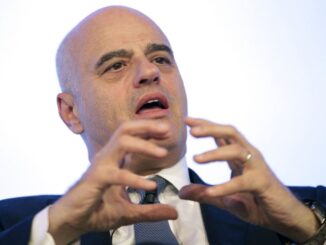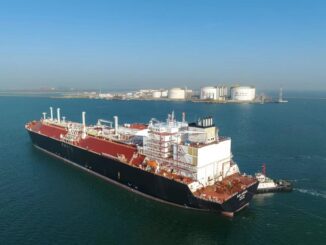
This cannot possibly happen to US markets because US markets are special?
By Wolf Richter for WOLF STREET.
Most major stock markets globally rose in 2023, some by a lot, but a bunch of them are still below their all-time highs 15 or 20 or 35 years ago, while others are barely above those all-time highs from a generation ago.
It was a funny year for US stocks, with the magnificent 7 stocks carrying the markets, with the Dow and the Nasdaq 100 setting all-time highs, while the S&P 500 ended a hair below its all-time high two years ago, while the Nasdaq ended somewhat further below its all-time high in November 2021, and while the Russell 2000, which tracks 2000 smaller stocks, ended where it had been three years ago. We discussed all this on Friday. I bring this up because US markets have been among the exceptions, not the norm in terms of global stock markets.
First a ground rule here. Stock markets are valued in local currency. When that currency’s purchasing power plunges due to inflation year after year for decades, then stock market indices are a reflection of inflation more than of corporate performance. The 1,700% spike in Argentina’s Merval Index in three years, from about 51,000 in January 2021 to 930,000 now is a sign of the collapsing peso, and not of corporate performance. We’re going to ignore those markets. We’re going to stick to the major markets of the largest economies that have had relatively stable currencies and relatively low inflation – 6% year-over-year inflation being relatively low compared to 160% year-over-year (Argentina).
Huge bubbles led to long-term declines.
Yes, we all know, this cannot possibly ever-never happen in the US markets because US markets are special. It did happen in the US markets though, when the Nasdaq plunged by 78% during the dotcom bust from March 2000 to October 2002, and then didn’t get back to its March 2000 high until 15 years later, until October 2015, and it only did so because of huge amounts of money-printing and 0% interest.
Money printing and 0% were an option back then because inflation was below the Fed’s target; inflation was low in all developed economies. Now inflation has resurged in all developed economies, there has been an inflation shock, and we’re in a different ballgame.
China’s Shanghai Stock Exchange (SSE), back where it had been 17 years ago:
Closed the year at 2,974
Year-over-year: -3.7%
From October 2007 all-time high: -51%
Back where it had first been in January 2007
Hong Kong’s Hang Seng Index (HSI), back where it had been 24 years ago:
Closed the year at 17,047
Year-over-year: -13.8%
From January 2018 all-time high: -48.6%
Back where it had first been in January 2000.
Japan’s Nikkei 225 (NIK), back where it had been 35 years ago:
Closed 2023 at 33,464
Year-over-year: +28%
From December 1989 all-time high: -14%.
It took the huge amount of money-printing from 2012 on under Abenomics to get this index to recover. Now inflation is back in Japan, and QE has been systematically dialed back and will likely end entirely in 2024:
UK’s FTSE 100 Index (FTSE), +12% in 24 years.
Closed the year at 7,733
Year-over-year: +3.8%
From all-time high in February 2023: -3.6%
From December 1999 high: +7%
France’s CAC 40 Index (PX1), + 9% in 24 years.
Closed the year at 7,543
Year-over-year: +16.5%
From March 2000 high: +9.0%
Germany’s DAX Price Index (DAXK), +7% in 24 years.
The most widely cited German stock market index, the DAX, is a “total return index” that includes dividends and is therefore not comparable to a “price index,” such as the S&P 500 Index, which does not include dividends.
The DAX Kursindex (DAXK) is a price index, and does not include dividends, and is comparable to the S&P 500 Index and all stock indices here. So that’s what we’ll use.
Closed the year at 6,628
Year-over-year: +15.2%
From all-time high in January 2021: -3.6%
From March 2000 high: +7%
Spain’s IBEX 35 Index (IBEX), back where it had first been 26 years ago:
Closed the year at 10,102
Year-over-year: +22.8%
From all-time high in Dec 2007: -36%
Back where it had first been in 1998
Italy’s FTSE MIB Index, back where it had first been 26 years ago.
Closed the year at 30,352
Year-over-year: +28%
From all-time high in March 2000: -39%
Back where it had first been in 1998
By contrast, Canada’s TSX Composite Index (compromise between the German DAXK and the US S&P 500?), +39% in 24 years:
Closed the year at 20,958
Year-over-year: +8.1%
From March 2022 all-time high: -5.1%
From March 2000 high: +39%
Back where it had first been in 1998
Enjoy reading WOLF STREET and want to support it? You can donate. I appreciate it immensely. Click on the beer and iced-tea mug to find out how:
ENB Top News
ENB
Energy Dashboard
ENB Podcast
ENB Substack



